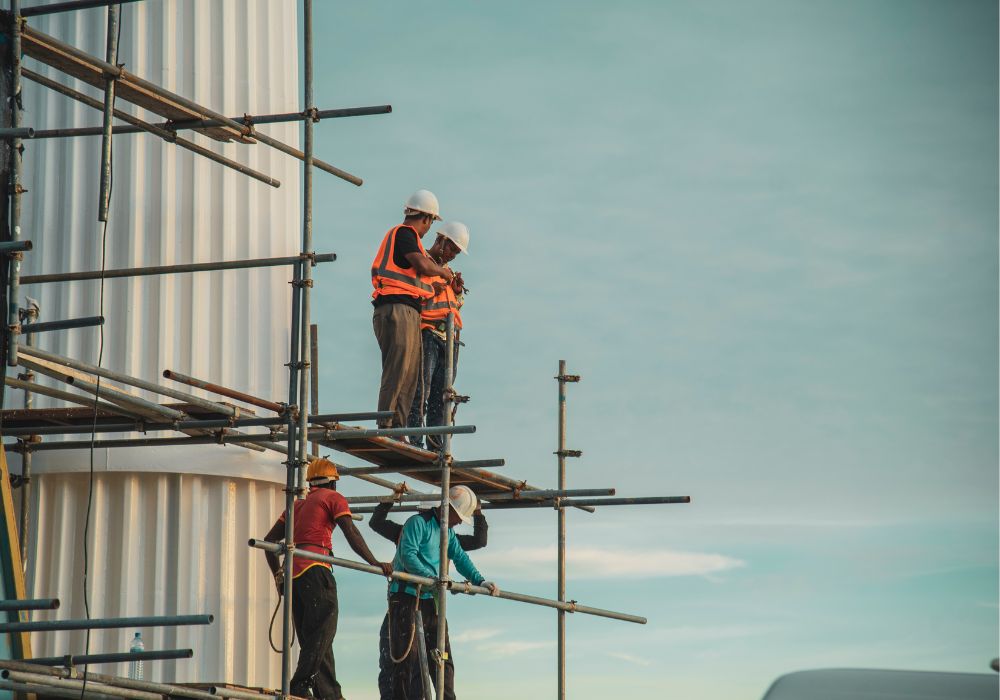In 2025, commercial real estate developers are facing a challenging landscape. The reintroduction of tariffs by President Donald Trump has led to increased costs for essential building materials like steel, aluminum, and lumber. These rising expenses are affecting project budgets, timelines, and overall feasibility, compelling developers to reassess their strategies.
Regional impact of tariffs: U.S., U.K., and Europe
United States
United Kingdom
Europe
In the U.S., the tariffs have led to a 0.5% decline in construction spending in March 2025, marking a reversal from previous growth . Private non-residential construction saw a 0.8% drop, with developers citing increased material costs as a significant factor
In the U.S., the tariffs have led to a 0.5% decline in construction spending in March 2025, marking a reversal from previous growth . Private non-residential construction saw a 0.8% drop, with developers citing increased material costs as a significant factor






